Tag: Castle Pinckney SC
Wikipedia says: Castle Pinckney was a small masonry fortification constructed by the United States government, in the harbor of Charleston, South Carolina in 1810. It was used very briefly as a prisoner-of-war camp (six weeks) and artillery position during the American Civil War.
Located on Shutes Folly, a small island about one mile off the Charleston shore in the harbor, the fort was built over the ruins of an older fortification called “Fort Pinckney”. The original log and earthen fort, named after the Revolutionary War hero Charles Cotesworth Pinckney, was built beginning in 1797 and was intended to protect the city from a possible naval attack when war with France seemed imminent. Completed in 1804, it saw no hostilities and was virtually destroyed by a severe hurricane in September of that year. A replacement brick-and-mortar structure called “Castle Pinckney” was erected in 1809–1810 and was garrisoned throughout the War of 1812, but it saw no action during the two-and-a-half-year conflict. Afterwards, Castle Pinckney was abandoned and fell into disrepair.
Two decades later, a sea wall was completed and the fort was re-garrisoned during the Nullification Crisis of 1832, when President Andrew Jackson prepared to collect a controversial tariff using military force if necessary. After that brief period of activity, the fort again fell into disuse and was primarily a storehouse for gunpowder and other military supplies.
By the late 1850s, Castle Pinckney was part of a network of defensive positions in the harbor, which included the larger and more strategically placed Forts Sumter and Moultrie, and other, smaller earthworks and fortifications. In 1860, Castle Pinckney’s armament consisted of fourteen 24-pounders, four 42-pounders, four 8-inch howitzers, one 10-inch and one 8-inch mortar, and four light field pieces to protect its flanks.
American Civil War
On December 27, 1860, one week after South Carolina seceded from the Union, the fort was surrendered to South Carolina (S.C.) militia by its small U.S. Army garrison, which retired to Fort Sumter to join Major Robert Anderson. Castle Pinckney became the first Federal military installation seized forcefully by a Southern state government. Three days later, the Union’s Charleston Arsenal joined Castle Pinckney in falling to S.C. forces. After the subsequent Confederate attack on Fort Sumter, the Charleston Zouave Cadets garrisoned Castle Pinckney.
One hundred and fifty-four Union Army prisoners of war (120 enlisted, 34 officers) captured during the First Battle of Bull Run and previously incarcerated at Ligon’s Prison arrived at Charleston on September 10, 1861, and were kept at the Charleston City Jail until the lower casemates of Castle Pinckney were converted into cells. According to the Charleston Mercury, Richmond officials had selected “chiefly from among those who have evidenced the most insolent and insubordinate disposition.” On September 18, prisoners from the 11th NY Fire Zouaves, 69th NY (“Irish”) Regiment, 79th NY Regiment, and 8th Michigan Infantry were transferred to Castle Pinckney. They were allowed to wander during the day and were confined to cells only at night.
The Castle quickly proved to be too small and inadequate, however, for permanent confinement; the prisoners were transferred back to the Charleston City Jail on October 31, 1861, after only six weeks. After the prisoners were removed, the fort was strengthened with earthen embankments and with additional mortars and Columbiads on the barbette tier. On December 12, the prisoners were transferred back to the island, following a fire which had burned a large section of Charleston and damaged the jail. They remained for just over a week with many sleeping on the inner parade ground before being transferred.
Showing all 13 resultsSorted by latest
-
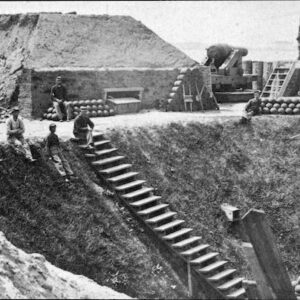
Image ID: AVTC
$4.99 -
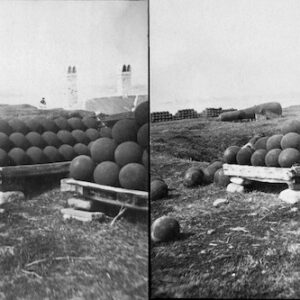
Image ID: ASXM
$0.99 – $4.99 This product has multiple variants. The options may be chosen on the product page -

Image ID: AOXD
$5.99 -
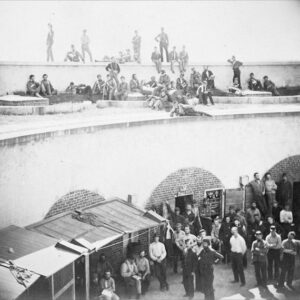
Image ID: AOXE
$5.99 -
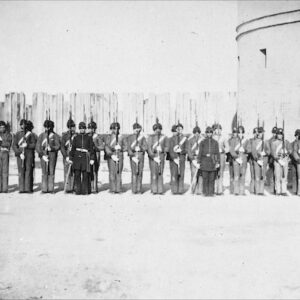
Image ID: AOXF
$5.99 -
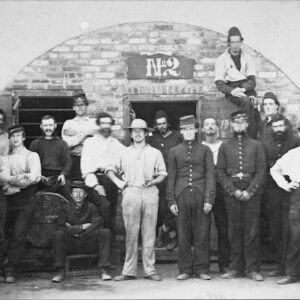
Image ID: AOXH
$5.99 -
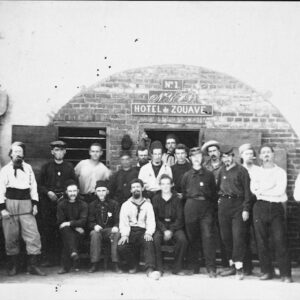
Image ID: AOXI
$5.99 -
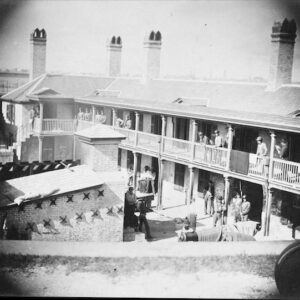
Image ID: AOXG
$6.99 -
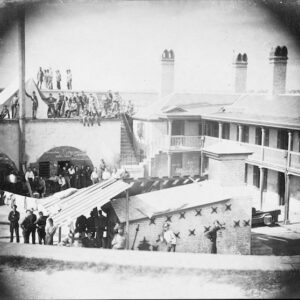
Image ID: AOXJ
$6.99 -
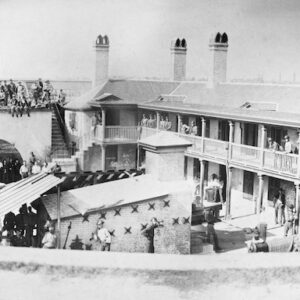
Image ID: ATZP
$6.99 -
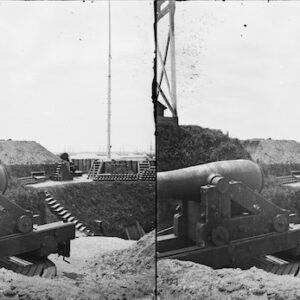
Image ID: ALCL
$6.99 -
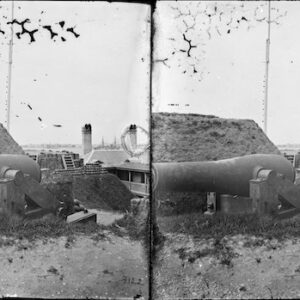
Image ID: ALCM
$6.99 -
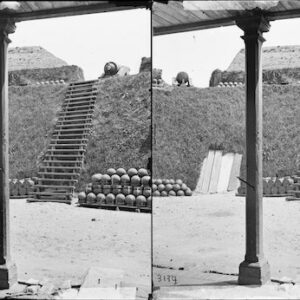
Image ID: ALCU
$6.99